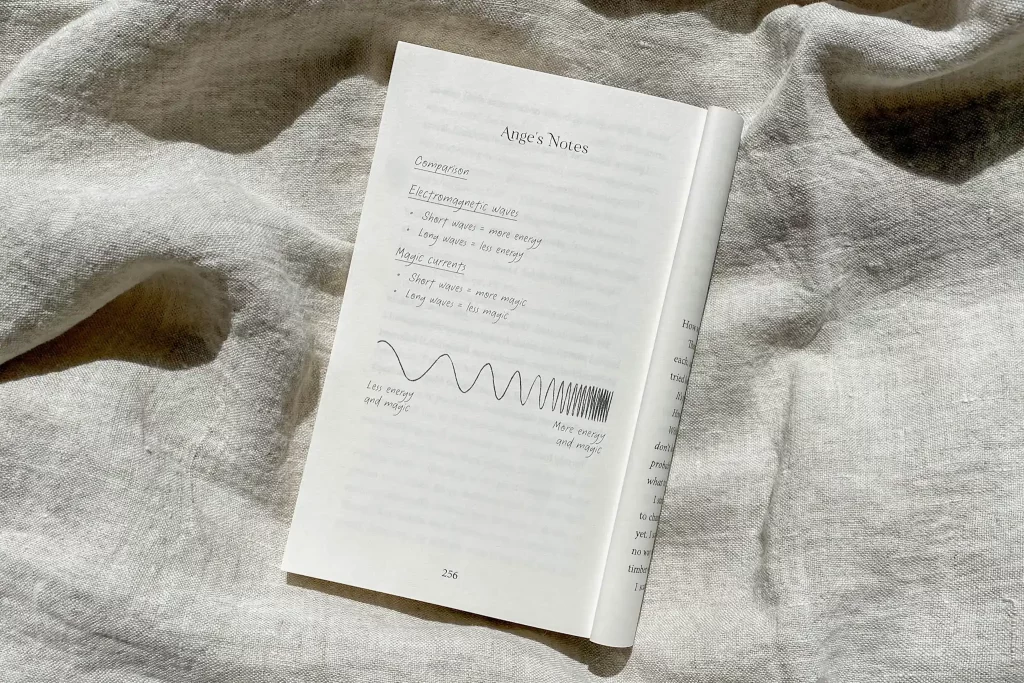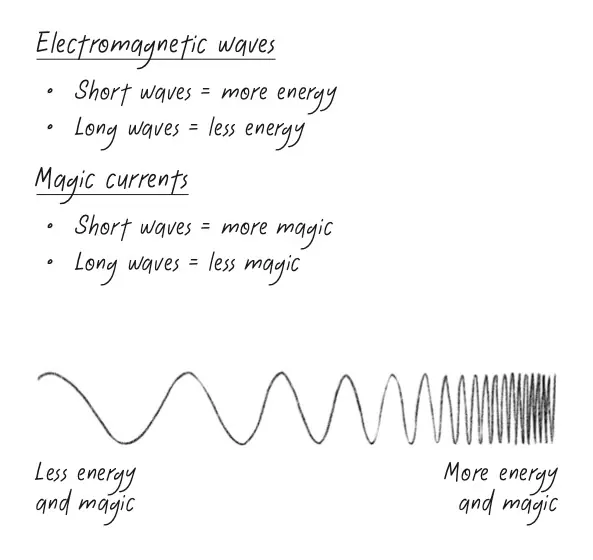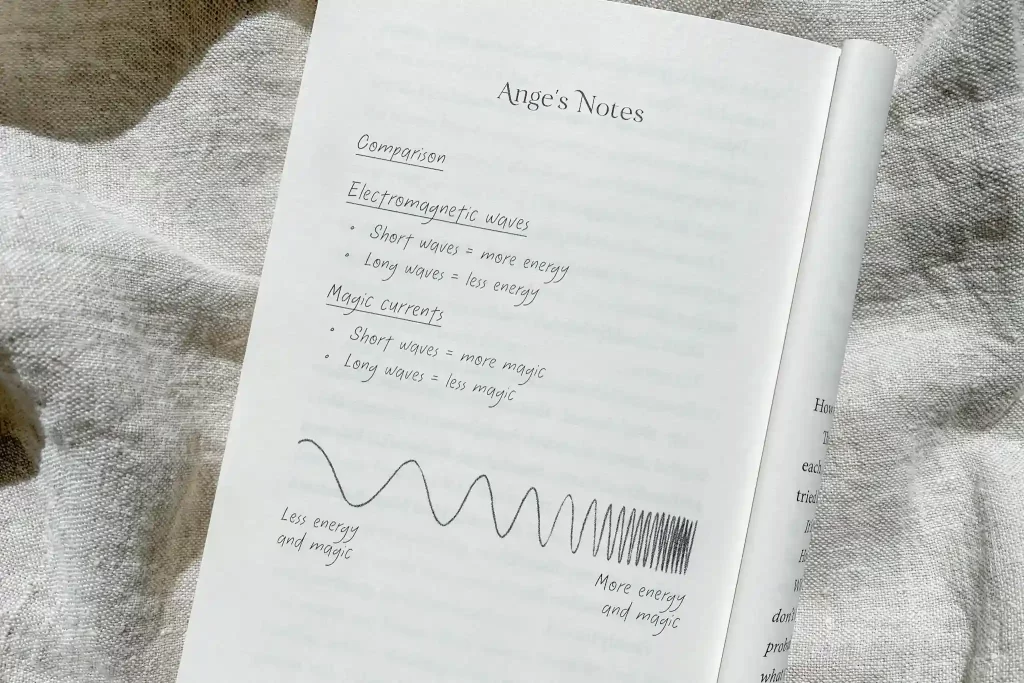Contents
Why I wrote STEM in children’s fiction
Science is essential to how we understand the world – yet scepticism toward science isn’t an uncommon thing to see in the media, and sometimes complex topics are dismissed because they’re not easily understood. Whether it’s climate change, public health or technology ethics, scientific knowledge is crucial, but too often overlooked.
That’s part of what inspired me to write The Potion Experiment. I wanted to encourage curiosity in young readers – to show that it’s okay not to understand something at first, but that there’s joy in exploring and learning. Instead of tuning out when something seems complicated, kids can be empowered to ask questions, do their own research, and come to their own conclusions.
Blending science and storytelling
The Potion Experiment also grew from the desire to explore how science and fantasy can intertwine in a compelling narrative. It offers a playful and thought-provoking example of how reality and imagination can coexist – and even thrive – together.
While integrating themes of STEM in children’s fiction, I sought to capture the wonder of discovery – whether through powering a lightbulb with battery energy, or brewing a bubbling potion in a cauldron. By weaving scientific concepts into a fun, magical adventure, The Potion Experiment shows how exciting learning can be. It’s a heart-on-sleeve celebration of curiosity and a lighthearted example of STEM in children’s fiction.

A protagonist powered by curiosity
At the heart of the narrative is Ange, a bright and determined student with an insatiable appetite for knowledge. Inspired by trailblazing women in STEM such as Nina Tandon (biomechanical engineer, and CEO and co-founder of regenerative-medicine company EpiBone), Ange eagerly references the periodic table, cosmological evolution, atoms, dark matter, and technological innovations.
Ange tackles magical challenges with the same fearless curiosity she brings to scientific ones. She tests theories, takes risks, utilises real-world knowledge (even in a fantasy world!), and isn’t afraid to be wrong, which makes her a great role model for young readers (and fun to root for).
Magic systems built on scientific reasoning
While there’s plenty of potion-spilling and spell-slinging fun, the magic in The Potion Experiment is grounded in real scientific thinking. Drawing thoughtful parallels between electromagnetic waves and magical currents, there’s a running theme that science and magic might not be so different.
Through storytelling, I invite readers to think critically about what we know, what we don’t, and how today’s technology might look like magic to someone from the past. This concept echoes the assertion by Arthur C. Clarke (science fiction writer and futurist) that “any sufficiently advanced technology is indistinguishable from magic.” Through STEM in children’s fiction, I encourage young minds to question and explore the boundaries of scientific understanding.

Making science accessible through fantasy
Fantasy, by nature, captivates young readers. The Potion Experiment features magical pranks, mischievous classmates, potion-ingredient hunts, and the occasional runaway toad – all wrapped up in an engaging plot that gently introduces scientific ideas. I think this approach makes science more relatable and memorable than rote memorisation, presenting it as an exciting, tangible part of the world.
Fantasy has long been a gateway to big ideas, and in this case, it opens the door to science in a way that feels organic and inviting. It’s this narrative-driven approach that makes STEM in children’s fiction such an impactful tool – because when science is part of the story, it sticks.
Encouraging inquiry-based learning
The Potion Experiment also promotes inquiry-based learning by encouraging readers to think for themselves. Ange doesn’t wait for someone else to solve her problems – she asks questions, gathers clues, and tests ideas. Whether she’s puzzling over a magical malfunction or experimenting with new potion ingredients, she models the kind of critical thinking, evidence-based reasoning, and curiosity that young readers can learn from and emulate.
Readers are encouraged to make their own real-world connections and engage in deeper exploration, guided by the story’s imaginative worldbuilding and scientific plausibility. This alignment with inquiry-based learning strengthens the case for using STEM in children’s fiction as a teaching tool.
Classroom applications and critical discussions
I hope the novel can be a valuable resource for teachers looking to build deeper discussions around science and storytelling. Educators might use the book as a launchpad for exploring topics like the ethics of invention, how technology evolves, or the role of imagination in scientific progress.
Students can compare the fictional magic system with real scientific models, or consider how Ange’s worldview shifts as she learns. By analysing the protagonist’s problem-solving processes and the structure of the fictional magic system, students can reflect on how science functions in both real and imagined worlds.

Inspiring a love for reading and learning
At its core, The Potion Experiment is a fun read. It’s fast-paced, filled with magical misadventures, and designed to hook even reluctant readers. But underneath the laughs and lively plot is a story that supports cognitive growth: reading boosts problem-solving, pattern recognition, cognitive development, analytical thinking, and the ability to make connections – all essential to scientific thinking. And when a story makes you want to turn the page and learn more about atoms? That’s the power of STEM in children’s fiction.
A celebration of scientific curiosity
Ultimately, The Potion Experiment is a whimsical and warm-hearted invitation to explore how the world works – and how we imagine it could work. It is a celebration of scientific inquiry, a call to curiosity, and a bridge between fantastical storytelling and real-world learning.
It’s for kids who are fascinated by how the world works, and for those who think science might be boring (spoiler: it’s not!). Because when magic meets science, the possibilities are endless. And when storytelling meets STEM in children’s fiction, I like to think it becomes a spellbinding way to nurture the next generation of curious thinkers and creators.

